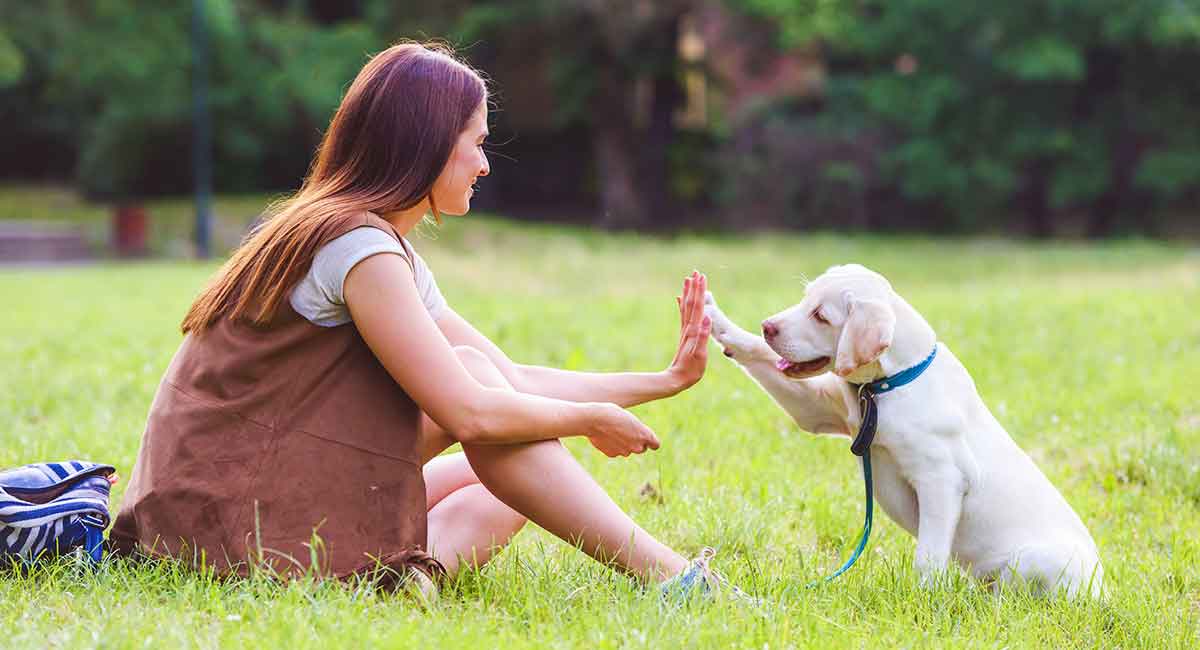You’ll more be regarded to have gotten working out of your dog proper in the event that you have the ability to the essential dog abilities in a enduring way. This is to express, put simply, that you won’t be regarded as having been very effective in education your pet if the pup forgets the skills taught inside a day.
Thus, the bottom line is, the parameters whereby achievement in dog teaching could be measured contain: The length of time used in moving on the essential abilities to the dog. The abilities inculcated in the dog. How long the skills are retained by the dog.
Of course, if you’re getting too long to pass on certain skills to canine, if you’re finding it difficult to inculcate certain skills in canine, or if canine keeps on forgetting skills taught to him or her, it doesn’t necessarily imply that you aren’t doing things well. You have to keep it in your mind there are two parameters at perform here. The first of the is your skill, aptitude and dedication as your pet dog training. And the next of those is your dog’s organic capacity – against a background where some pet breeds seem to ‘get’ points faster than others.
To put it simply, there are several abilities as possible just show to your dog when he or she is young. Which means the frequently used opinion that puppies under half a year of age shouldn’t be qualified is completely wrong. In reality, there are several abilities you’ll discover hard to teach to your dog that’s avove the age of six months. It is price noting that unlike people individuals, pets are (in some ways) highly changed creatures – whose living skills learning process begins the moment they are born. That is why a puppy that loses his mother at 90 days of age might be able to survive in the wild, while it will be quite difficult for a human baby who missing his mom at the same era to endure on his / her own in the same environment.
Today the most effective time for you to begin teaching a dog could be when he or she’s understanding basic living skills, so your skills you wish to pass on to him or her are also adopted along with these standard canine living skills. This way, the necessary behaviors will be part of the dog’s personality. They would be more deeply ingrained in him or her. That is not saying an older pet can’t be trained. It is just that you’d have a tougher time (and less fun) education the older pooch.
It later emerges that a number of the people who get the impact that their pets aren’t trainable tend to be people who make an endeavor at training their dogs specific skills also late in the dogs’ lives. Once the dogs fail to choose such abilities, they’re labeled boneheads – whereas it’s not necessarily their problem they are unable to pick the abilities, but instead, the trainer’s fault for not having initiated education earlier.
The best use of returns and improvements as a vital to accomplishment in teaching dogs. Once we reach the nitty-gritty of dog instruction, it emerges that numerous skills and behaviors can only just be sent and ingrained in pets through the best utilization of benefits and corrections. The greatest prize you are able to share with your dog is attention. And alternatively, the greatest correction/punishment you can share with your pet dog is deprivation of attention.
Thus, if you intend to get you dog to pick a particular conduct, you will need to reproduce (or somewhat illustrate) it to him or her, and then prize him or her (with attention) when he acts appropriately, whist also punishing him or her (with deprivation of attention) when or she doesn’t act accordingly. Just considering canine lovingly is really a way of ‘rewarding’ him or her with attention. Stroking him or her is still another form of attention reward. Praising the pet verbally is still another way of satisfying him or her with attention. Correct, canine may not realize the words, but he or she may sense the thoughts behind them. Pet look to have that ability.
